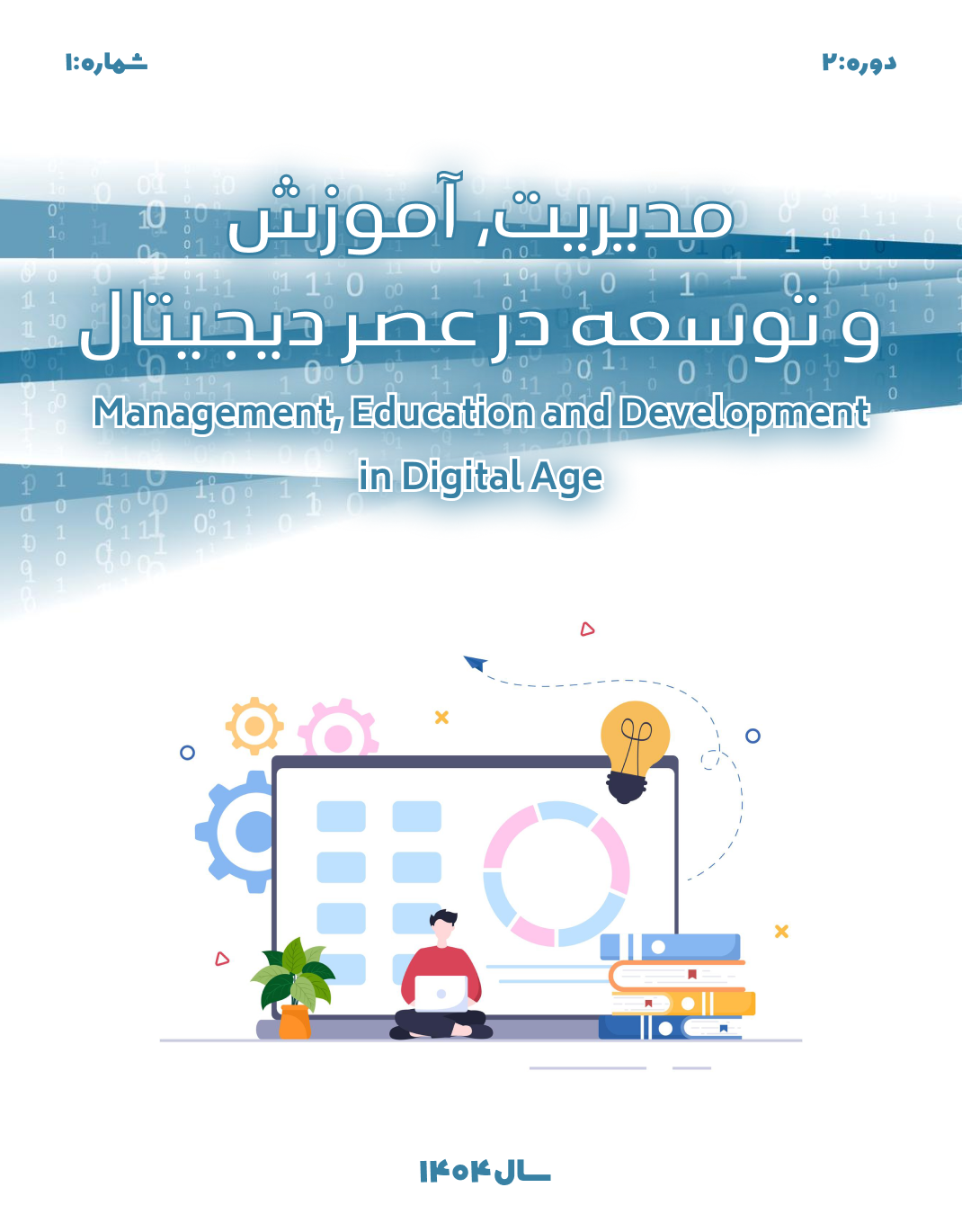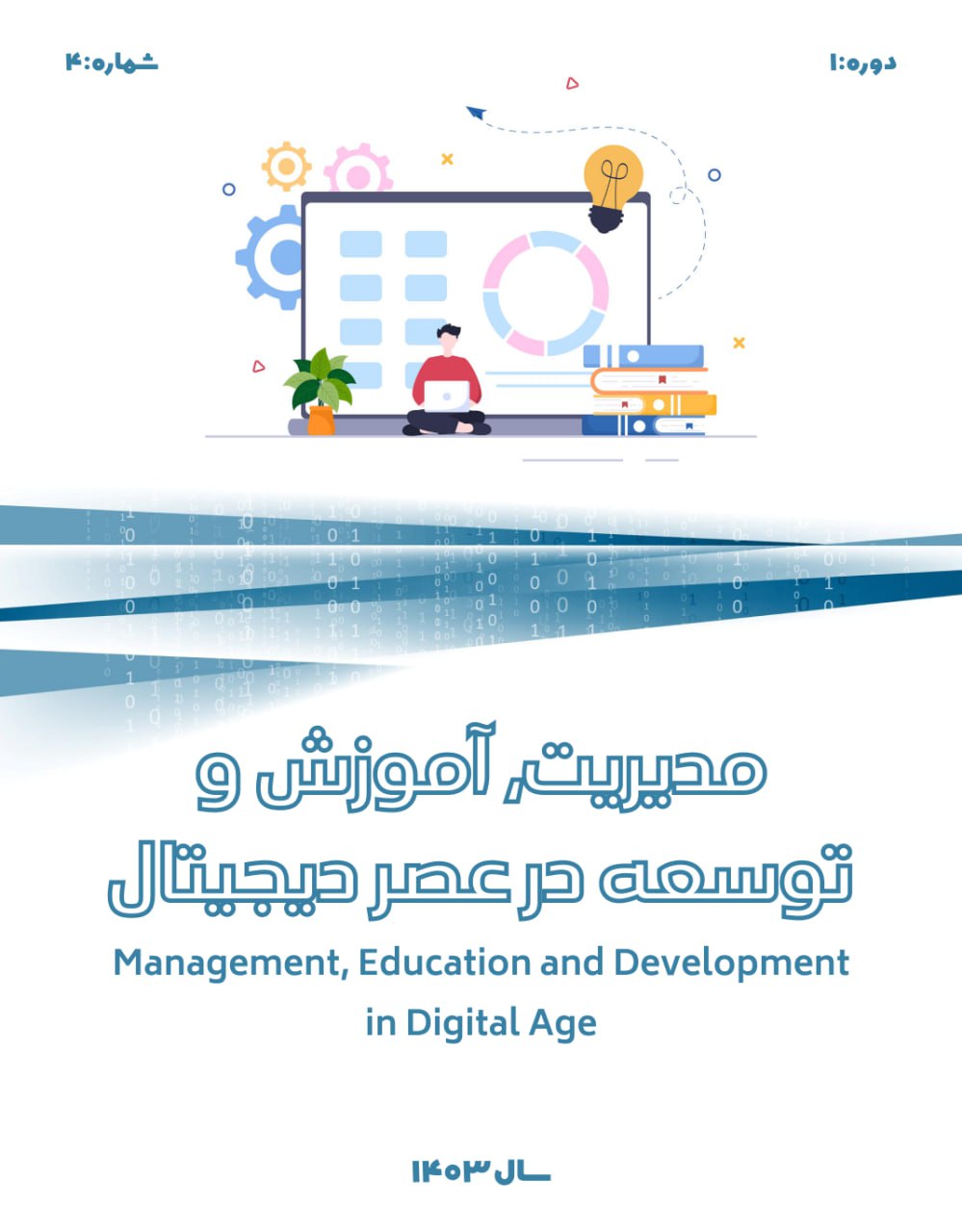Modeling the Future School with an Emphasis on the Role of Artificial Intelligence in Primary Education (Case Study: Primary Schools of Golestan Province)
Keywords:
School of the future, artificial intelligence, elementary schoolsAbstract
Future schools, by utilizing the capabilities of artificial intelligence, will experience novel approaches in the teaching-learning process, student assessment, and educational management. The aim of this study was to design a model of the future school in which artificial intelligence plays a key role in enhancing learning processes and the management of primary schools. The research method was mixed; the statistical population in the design phase included faculty members from the fields of Computer Engineering - Artificial Intelligence, IT, Information Technology Management Engineering, and Educational Management at higher education institutions, as well as senior managers and experts from the Informatics Department of the Education System and specialists in the fields of "Future Schools" and "Artificial Intelligence in Education." In the validation phase, the population consisted of faculty members of Information Technology Management Engineering and Educational Management at higher education centers in Golestan Province, along with senior managers of the Education Department of this province. In the quantitative phase, the population included all formal and contractual teachers of girls’, boys’, and coeducational primary schools in Golestan Province during the 2023-2024 academic year, totaling 5,919 teachers. In the qualitative phase, 18 experts were selected using the snowball sampling method; in the validation phase, 20 experts were selected using purposive sampling; and in the quantitative phase, 361 teachers were selected using cluster random sampling and Cochran's formula. For data analysis, in the qualitative section, the grounded theory method was employed through open, axial, and selective coding using semi-structured interviews; in the validation phase, the Delphi method was used over three stages with an expert checklist tool and SPSS software; and in the quantitative phase, structural equation modeling was used with a 100-item questionnaire in Smart PLS software. According to the results of the qualitative and validation sections, the paradigmatic model included 12 main categories and 24 subcategories, detailed as follows: Causal conditions (cultural readiness for accepting artificial intelligence, artificial intelligence infrastructure, family-centered interaction with artificial intelligence, intra-institutional participation with artificial intelligence, active learning based on artificial intelligence, and effective learning based on artificial intelligence); Contextual conditions (enhancement of virtual networks with artificial intelligence, social interactions based on artificial intelligence, civic behavior regarding artificial intelligence, teaching-learning policies based on artificial intelligence, and cultural education focused on artificial intelligence); Intervening conditions (institutional conflicts regarding artificial intelligence, technical challenges concerning artificial intelligence, management and supervision in intelligentization, and resource dependency regarding artificial intelligence); Strategy (ease of access to artificial intelligence, assessment based on artificial intelligence, gradual implementation of artificial intelligence, creative learning through artificial intelligence, and content and process changes focused on artificial intelligence); and Outcomes (improvement of speed and quality of education through artificial intelligence, educational equity through artificial intelligence, academic motivation through the application of artificial intelligence, and enhancement of creativity and innovation through the application of artificial intelligence), along with 100 indicators. The results of the quantitative section showed that all dimensions and components of the research model were confirmed.
Downloads
Downloads
Published
Submitted
Revised
Accepted
Issue
Section
License
Copyright (c) 1404 سیدحمزه میرقاسمی (نویسنده); کامبیز اسماعیل نیاء شیروانی; طیبه تجری (نویسنده)

This work is licensed under a Creative Commons Attribution-NonCommercial-NoDerivatives 4.0 International License.









